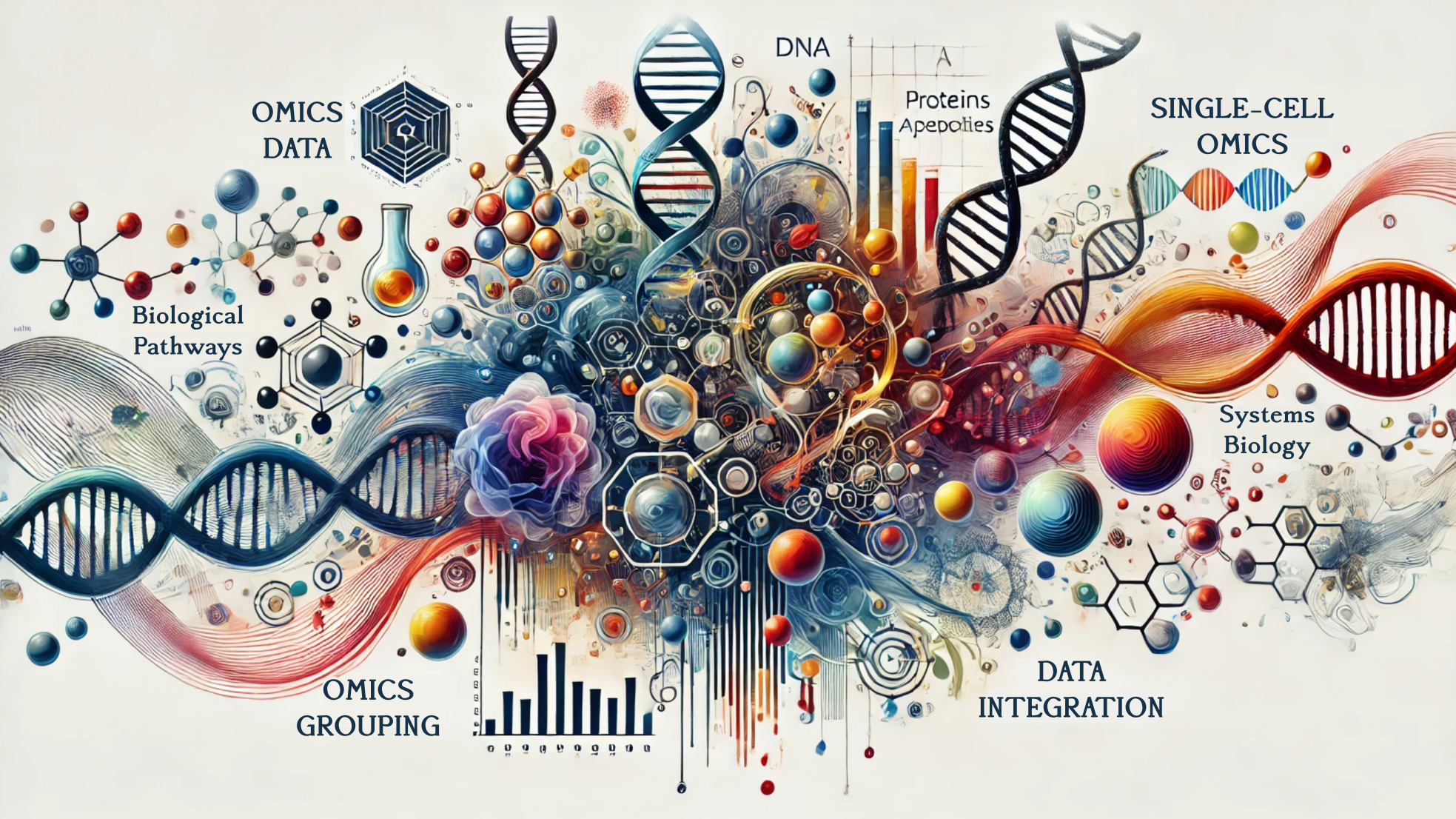
Computational Systems Biology
Our research group is dedicated to advancing the field of computational systems biology and toxicology through the innovative use of multi-omics data integration. We are committed to developing methods and tools that drive a transformational shift in chemical risk assessment, ensuring our approaches are both reusable and reproducible by adhering to the FAIR (Findable, Accessible, Interoperable, Reusable) principles.
We are at the forefront of pioneering projects in multi-omics data integration, focusing on their application in systems toxicology and risk assessment. Our efforts include the development of best practices for study design and multi-omics data analysis in these fields. We are actively contributing though cutting-edge methods for multi-omics pathway enrichment that are designed to embrace the complexity of biological networks allowing for pathway-based dose-response modelling, always with the aim to foster regulatory decision-making.
We are harnessing our year-long expertise in the field of omics data analysis by developing new approaches for chemical grouping based on common molecular effects. Hence, we aim to equip regulatory agencies and authorities with specific tools to leverage the gap towards a cumulative risk assessment of groups of chemicals.
In addition, we are utilizing single-cell transcriptomics to infer cell-type specific chemical-induced perturbations. This approach allows us to understand the nuanced and specific effects of chemicals at the cellular level, providing deeper insights into their impact on biological systems.
Our research is dedicated to pushing the boundaries of (multi-)omics data application in regulatory risk assessment and decision-making. Through our innovative research and methodological advancements, we strive to make significant contributions to the field of systems toxicology and beyond.
